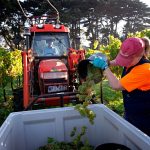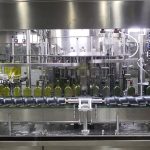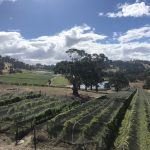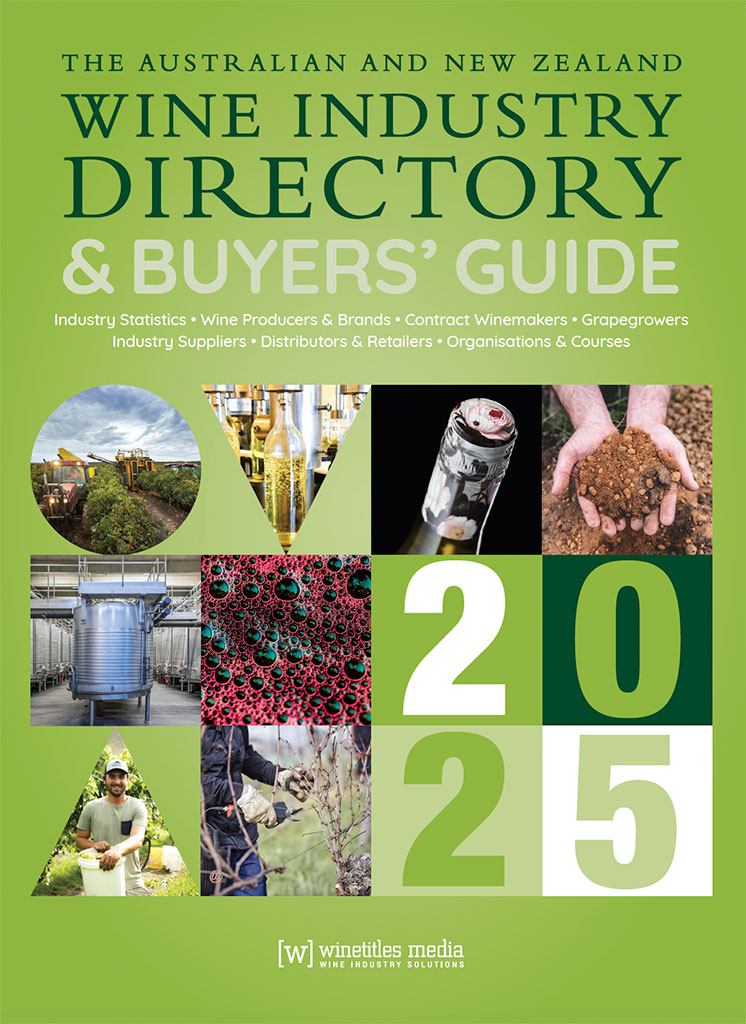PC, FR, SD, AS and ND are just some of the product names used by different manufacturers to attribute different drip line functions. To add to complexity, sometimes these acronyms are interchangeable. SD and AS, although being the same feature, can sometimes be a source of misunderstanding when deciding what drip line should be used.
SD (slow-drain), or anti-siphon (AS) (as it is sometimes known), is a feature in many drip lines that helps prevent suck-back by creating a seal when the drip line has negative pressure. This makes SD/AS drip lines ideal for some forms of pulse irrigation, sub-surface irrigation, and also sandy soils where soil ingestion is a risk.
Unlike standard flow regulating drip lines, SD and AS drip lines regulate water emitted and also have a sealing function.
Matt Clift, Rivulis Irrigation Marketing and Business Development Manager, explained how D5000 SD / AS drip lines function.
“If there is positive pressure in the hose, the membrane in the dripper rises to allow water to flow into the dripper and the drip line to function. Then at shut-off, a vacuum will occur in sections of the tube. When there is this negative pressure in the hose, the D5000SD dripper membrane lowers against the raised edges of the dripper inlet, which in turn slows the reverse of water. The stronger the vacuum in the drip line, the stronger the seal that the membrane makes against the inlet filters,” Mr Clift said.
“If your drip line is on a slope, the lower elevation drippers will drain as there is positive pressure in tube. While these drippers are draining, the drippers at a higher elevation will seal to help prevent soil suck-back.”
This sealing mechanism is the reason SD/AS drip lines are often chosen where soil ingestion at shut-off is a high risk.
It is important however, not to confuse SD/AS drip lines with ND (no drain) drip lines. Instead of sealing at negative pressure, a ND drip line such as Rivulis HydroPCND creates a seal when the pressure of the drip line drops below 100 kPa.
The choice between using ND and SD depends on a number of factors that include topography of land, soil type and irrigation scheduling requirements. This is why it’s best to contact a drip line manufacture such as Rivulis Irrigation to receive hydraulic design advice based on your needs.
Rivulis D5000SD is available in 16 to 27 mm drip line diameters, with 1.0, 1.5 and 2.0 lph flow rates. For more information on Rivulis Irrigation D5000SD, please visit www.Rivulis.com.au or phone 1800 558 009.




















